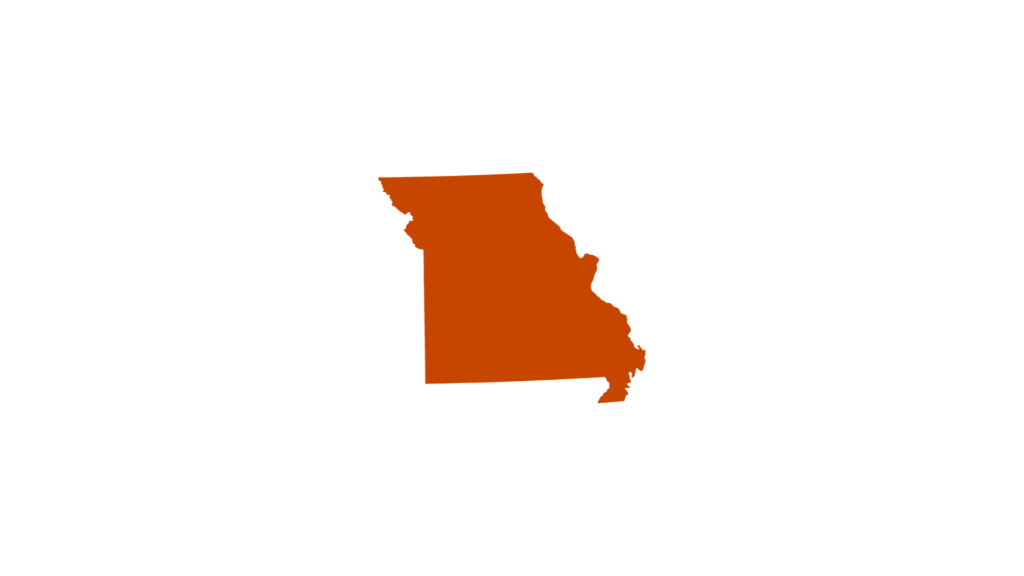
Since 2021, the Dayer Human Dimensions Lab at Virginia Tech, the Association of Fish and Wildlife Agencies Wildlife Viewing and Nature Tourism Working Group, and over 25 state and provincial wildlife agencies in North America have collaborated to conduct research and apply findings to improve the connection between state agencies and wildlife viewers. Evidence shows that wildlife viewers are growing in population and are interested in contributing to their state agencies and look to them for support in their wildlife viewing activities. Click through the resources below to learn more about wildlife viewers nationwide, or in your state or region.



Our 2021 Survey Examined Wildlife Viewing Behaviors Including:
Check out the National and Regional Results of the Wildlife Viewer Survey

The executive summary offers a short explanation of key findings. A recording of the webinar is available here:
Help us hit 1000 viewers by watching this recording!
Want Quick Information About Wildlife Viewers?
Check Out These Research Handouts
Southeastern Wildlife Viewers
Developed for the Southeast Association of Fish and Wildlife Agencies Annual Conferences. This summarizes findings about wildlife viewers from the Southeast
Wildlife Viewers & Conservation Behaviors
Developed for the Road to Recovery in-person workshop, this flier summarizes some conservation behaviors wildlife viewers participate in and their likelihood to contribute financially to conservation efforts.
National and Regional Flier
Summarizes results from the nationwide survey.
Are We Leaving Out Urban Wildlife Viewers?
Developed for the 2024 Wildlife Viewing and Nature Tourism Academy, this handout contains results of an analysis of urban wildlife viewers, including wildlife viewing behaviors, location, and relationships with state agencies.
Inclusive Wildlife Viewing for People With Disabilities
Developed for the 2024 Wildlife Viewing and Nature Tourism Academy, this handout is a summary of the presentation with resources and the option to sign up for an email list.
Want to learn more about urban wildlife viewers?

In 2024, researchers at Virginia Tech completed analysis on urban wildlife viewers, using data from the national and state surveys. This report dives into how wildlife viewing behavior changes from rural to urban areas. Specifically, it explores changes in demographics, where people view, what activities people engage in, their skill level, barriers to their participation, their relationship with their state agency, and their communication preferences. The report also highlights 10 key recommendations for engaging urban wildlife viewers.
10 recommendations for engaging urban wildlife viewers
- Focus on urban areas to reach more wildlife viewers from ethnoracial minorities
- Create programming around activities that urbanites prefer
- Tailor programming in public spaces to urban wildlife viewers
- Offer diverse programming for urban wildlife viewers of all expertise levels
- Reach urban wildlife viewers by creating programming in urban areas, especially parks
- Utilize more virtual and social media communication methods to share information with urban wildlife viewers
- Use the ParkServe Tool to identify priority locations for expanding access to nature in cities
- Expand access and outreach for low income and BIPOC wildlife viewers
- Expand state agency capacity in urban areas through partnerships
- Build leadership support for urban wildlife viewers
What Does the Research Say About Wildlife Viewing?

Ever wonder how do wildlife viewers spend their time and money? We summarized over 50 studies in an easy-to-digest Multistate Wildlife Viewing Study: Literature Review
What About State-Specific Knowledge of Wildlife Viewers?
To develop a closer understanding of wildlife viewers in 15 states, researchers at Virginia Tech collaborated with these state fish and wildlife agencies to conduct state-specific surveys and reports. Check out a state report and webinar recording below.

















